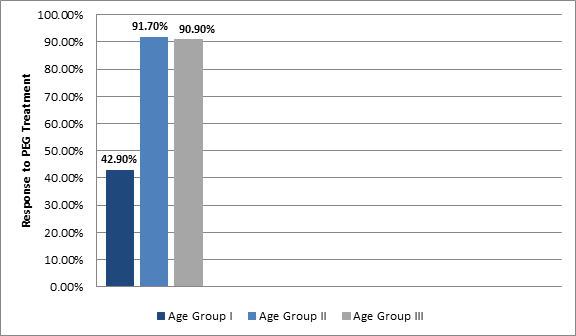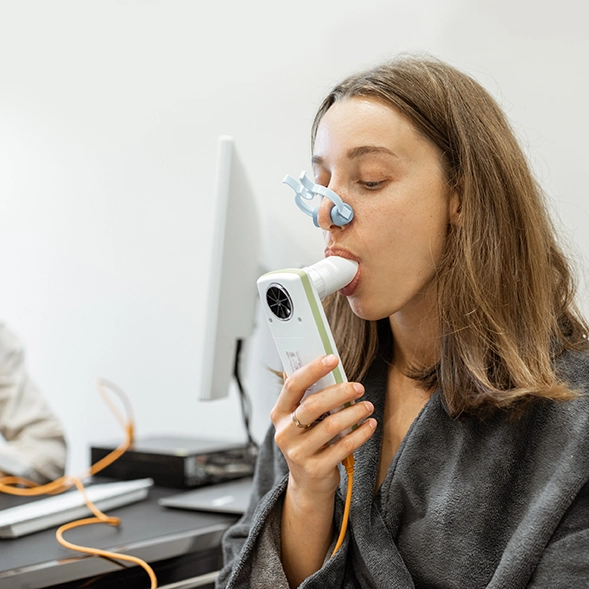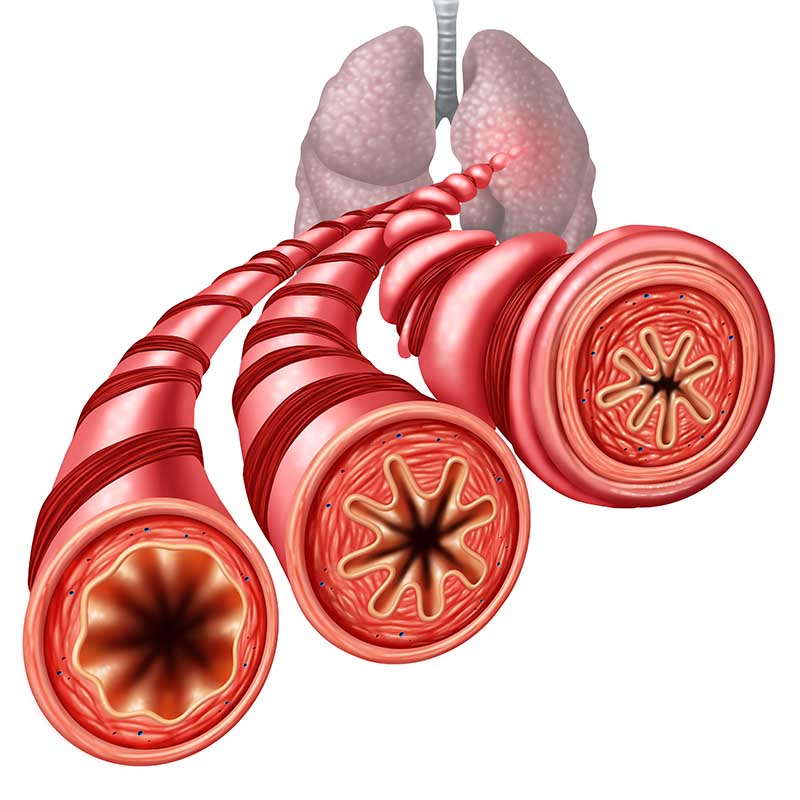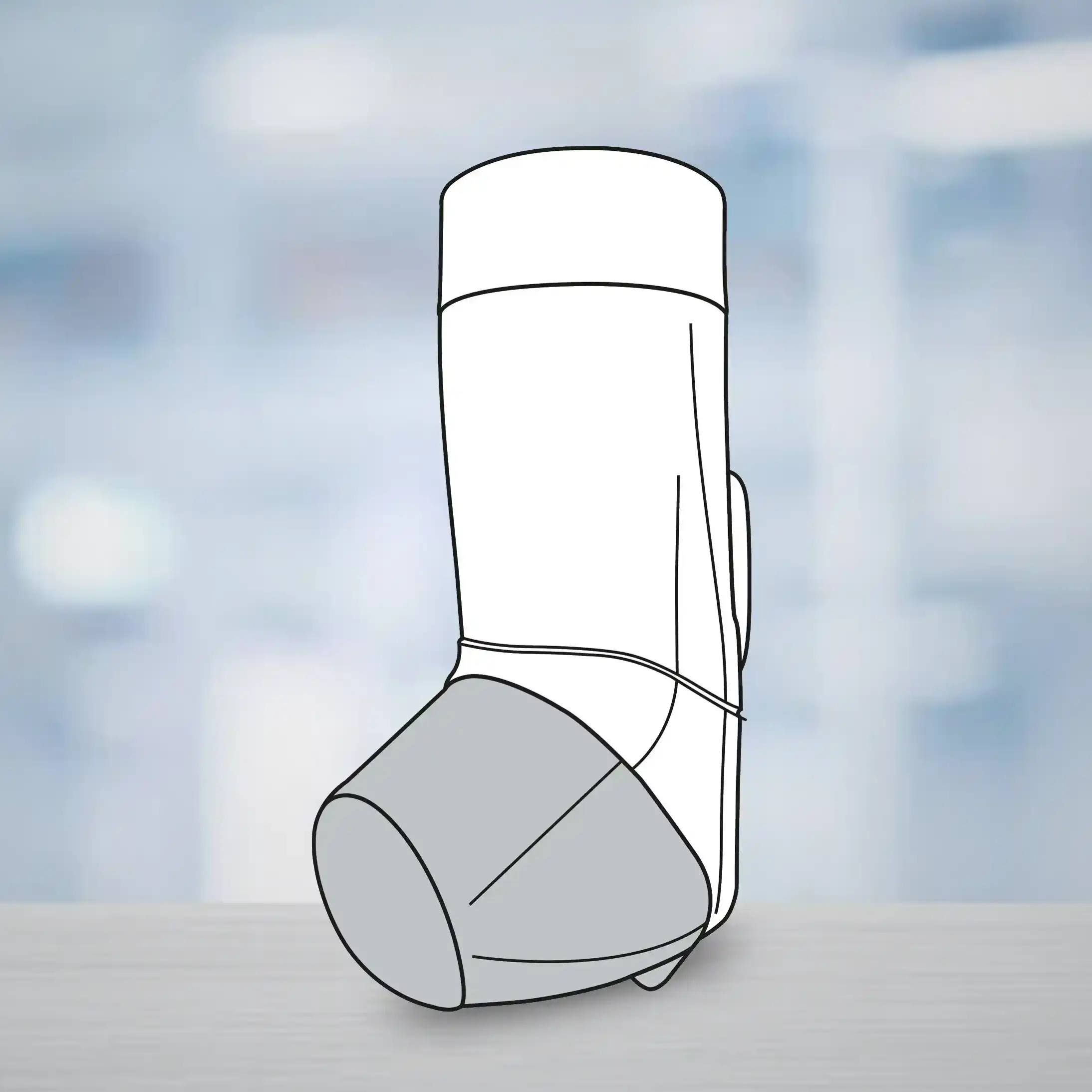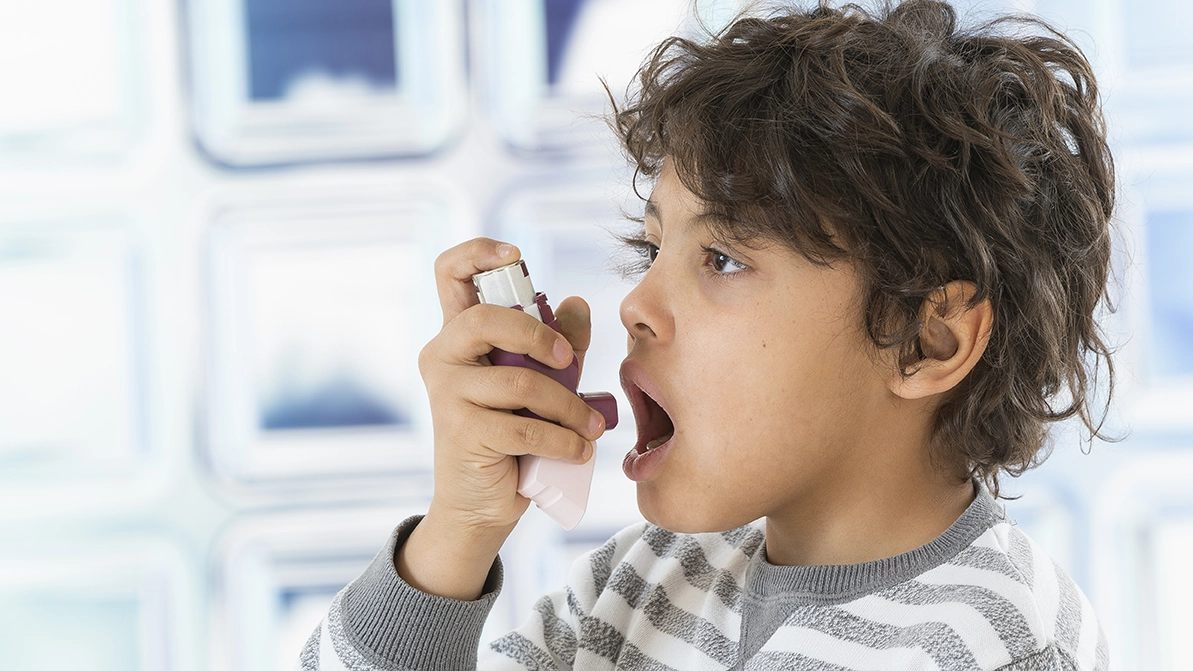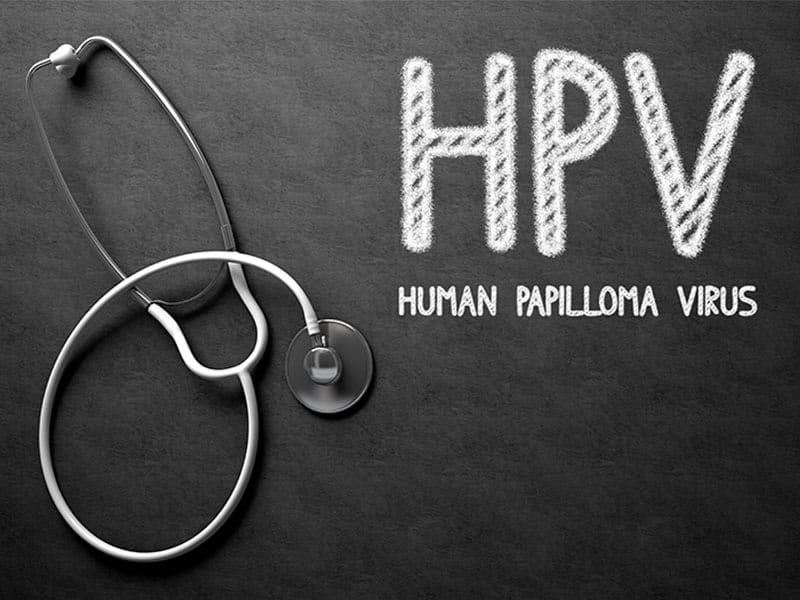Background
As per the guidelines of the North American Society of Pediatric Gastroenterology Hepatology and Nutrition (NASPGHAN), constipation is defined as a delay or difficulty in defecation present for two or more weeks that leads to significant distress to the patient. Constipation, a common concern in pediatric population has a significant impact on the physical, social and emotional well-being of the child. The prevalence of constipation varies world-wide between 0.7% to 29.6%. The prevalence of constipation is highest at the age of toilet training. Chronic constipation before diagnosis is associated with complications and poor clinical outcomes.
Aim
To determine the prevalence of constipation in children of three age groups (1 month-to-5 months, 6 months-to-5 years, and 6 years-to-10 years). The study also ascertained the pattern of constipation in the study subjects and determined the impact of polyethylene glycol (PEG) treatment in them.
Patient Profile
- Children aged one month to ten years, presenting with constipation and attending a tertiary care hospital in Kolkata, India (as per the NASPGHAN definition) (n=216, male; 59.3%) were enrolled in the study
- Patients were categorized into three groups based on their age:
- Age group I: 1-5 months (13% of the study population)
- Age group II: 6 months to 5 years (66.7% of the study population)
- Age group III: 6 years to 10 years (20.4% of the study population)
- Exclusion criteria: Critically sick and hemodynamically unstable patients were excluded from the study
Methods
Study Design
- Prospective Study
Primary Investigations
- Duration of constipation
- Symptoms and signs (stool frequency, stool consistency, pain during defecation, presence of blood in stool, fecal and urinary voiding dysfunction [UVD])
- Presence of fecal impaction or an abdominal mass
Treatment Strategy
- Initial dose of PEG: 0.3 g/Kg
- The dose of PEG was up-titrated to a maximum dose of 2.1 g/Kg every sixth day
- Response to treatment was defined as: Passage of at least one semisolid stool without discomfort with use of PEG for at least 4 weeks
Results
- Only 14.8% of the study population had received at least eight weeks of treatment for constipation before enrolling in this study.
- Majority of the study population (83.3%) had onset of symptoms after six months age
- Hard stool was the most common symptom followed by abdominal pain (excluding children below one year who are incapable of expressing abdominal pain properly). The other common symptoms included; fecal incontinence, passage of pellet like stool and UVD (Table 1).
- Abdominal pain was most prevalent in age group III followed by age group II (Table 1).
|
Symptom |
Age Group I |
Age Group II |
Age Group III |
Overall Prevalence |
|
Hard stool |
57.1% |
94.4% |
45.5% |
79.6% |
|
Abdominal pain |
- |
63.9% |
81.8% |
59.3% |
|
Pellet stool |
28.6% |
8.3% |
0.0% |
9.3% |
|
Fecal incontinence |
- |
5.6% |
63.6% |
18.5% |
|
UVD |
- |
5.6% |
18.2% |
7.4% |
- Fecal mass was the most common findings of the rectal examination. Palpable fecal mass was evident in 16.7% of the study participants and anal fissures were detected in 14.8% children.
- Majority of the patients (96.2%) had functional constipation. Another 1.4% of them were diagnosed with Hirschprung disease.
- Children aged above six months responded well to the PEG treatment (Figure 1).
Conclusions
- Functional constipation is the most common cause of constipation
- Children in the age group of six month to five years are predominantly affected
- Clinical characteristics of constipation varied as per the age group of children. While hard stool was the most common presentation in children below five years of age, abdominal pain was more prevalent in children aged above five years
- Polyethylene Glycol proved to be an effective treatment for functional constipation, particularly in children aged above six months.
J Nepal Paediatr Soc. 2016; 36 (3): 263-67.


